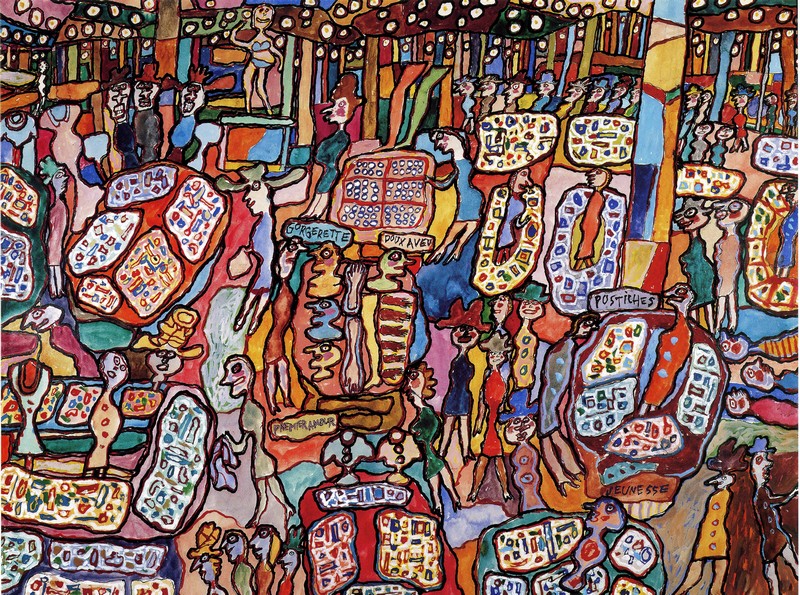
MILTON GLASERIs an American designer, who was involved in the production of several iconic logos, and designs. His "I Love New York" design probably his most well known one. His style revolves around referencing movements from the past, and making them somewhat appealing within a modern context. He is also known as one of the artists who have renewed the 1964 manifesto which called for designers to be more than commercially driven. The "First Things First Manifesto 2000", was the reviewed version of this "pact" to make a difference in the world through design. He is helping to change the idea that the world has about graphic designers, and move away from being simply driven by monetary gain. He continues to work, promoting these ideals, staying true to himself and what he believes. He always thinks conceptually, and has a new take on each situation.
FRANK GEHRY EXERCISE
Gehry's Disney Hall (top), definitely has its similarities with the Sydney Opera House (bottom). For instance, the obvious pointed, curved structures jutting out from the core structure of the building, most likely for the acoustic purposes of the two buildings where performances occur. Also, the colour scheme of the materials is monotonic, and their structure as a whole building is quite abstract, and extravagant. While at the same time, there's a certain deliberateness about them. Gehry's building does differ slightly, with more geometric angular structures amongst the curves of the structure.








